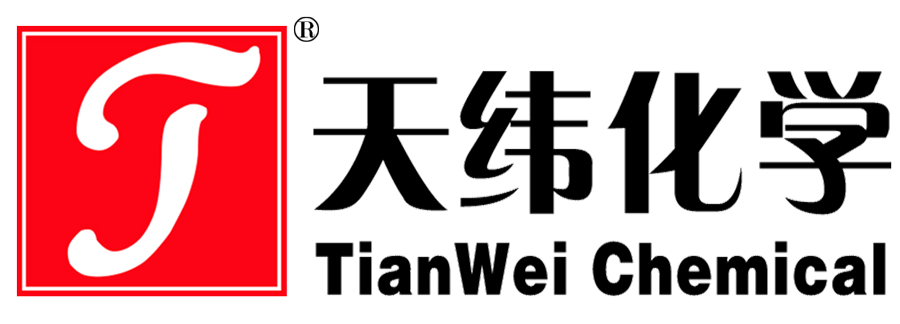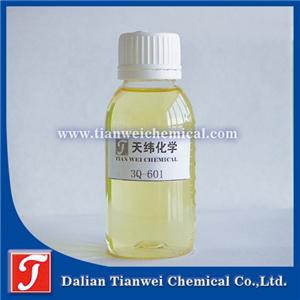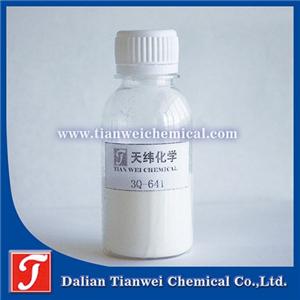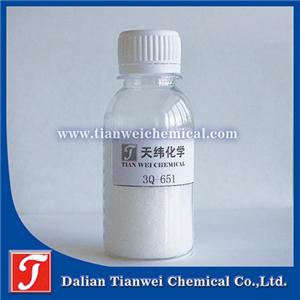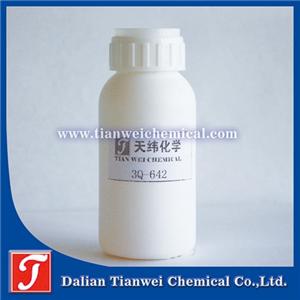Bactericidal and preservative BIT10 part A
In industrial production and daily life, the durability of materials is a key issue. Many products, from paints, adhesives to cleaning agents, contain water and other nutrients, which provide a breeding ground for microorganisms. If not controlled, the growth of microorganisms can lead to product deterioration, performance decline or even failure. To address this issue, a class of chemicals known as bactericides and preservatives is widely used. Among them, isothiazolinone compounds have received attention due to their high efficiency and broad-spectrum properties, and BIT10 is a common member of such compounds.
BIT10 is the common name for a specific derivative or formulation form of 1, 2-benzisothiazolin-3-one, which is often simply referred to as BIT in the industry. Its core function is to inhibit and eliminate a variety of microorganisms, including bacteria, fungi and algae, thereby protecting the product from microbial damage during storage and use.
The working principle of BIT10
To understand how BIT10 works, it is first necessary to understand the basic life activities of microorganisms. Microorganisms such as bacteria and fungi need to exchange substances with the outside world through cell membranes and rely on various enzymes in their bodies to maintain metabolism. The active part of the BIT10 molecule can penetrate the cell membrane of microorganisms and enter their interior.
After entering the cell, the BIT10 molecule interacts with certain key enzyme systems, especially those containing sulfur groups (-SH). These sulfur groups are the key sites for many enzymes to remain active. BIT10 can irreversibly bind to these sulfur groups, causing the enzyme to lose its activity. This is just like a key damaging the crucial structure of a lock, making it impossible to open the lock again. Once these core enzyme systems that sustain life activities are disrupted, the metabolism of microorganisms will be interrupted. Cells will be unable to obtain energy or synthesize essential nutrients, growth will be inhibited, and eventually death will occur. This mechanism of action endows BIT10 with a broad antibacterial spectrum and makes it effective against a variety of different types of microorganisms.
The main application fields of BIT10
Due to its effective anti-corrosion performance, BIT10 plays an important role in many products that are sensitive to microorganisms.
In the coatings and paints industry, this is a very important application field. Water-based coatings contain a large amount of water and organic matter, making them an ideal breeding ground for microorganisms. During the production, canning and storage processes, if the anti-corrosion measures are improper, the coating is prone to spoilage, resulting in unpleasant odors, reduced viscosity, color changes and other problems, ultimately leading to product scrapping. Adding an appropriate amount of BIT10 can effectively prevent this from happening and ensure the stability of the coating from production to sales and until it is used by the user.
In the field of adhesives and sealants, especially water-based products, the challenge of microbial contamination is also faced. Rotten adhesives not only lose their stickiness but may also produce gas, causing the packaging to swell and posing a safety hazard. The addition of BIT10 can extend the shelf life of these products.
Thirdly, in industrial circulating water treatment, bacteria and algae often breed in cooling water systems, papermaking processes, etc. These microorganisms can form biofilm, corrode equipment, reduce heat exchange efficiency, and even clog pipes. BIT10, as part of a biocide, is used to control the growth of microorganisms in these systems.
BIT10 may also be present in some cleaning and care products, such as liquid detergents and floor cleaners, to prevent the products themselves from deteriorating due to microbial contamination. It should be noted that BIT10 is mainly used for the preservation of industrial products. There are strict regulations on its application concentration and range, and it should not be used in specific fields such as direct contact with food or personal skin care.
